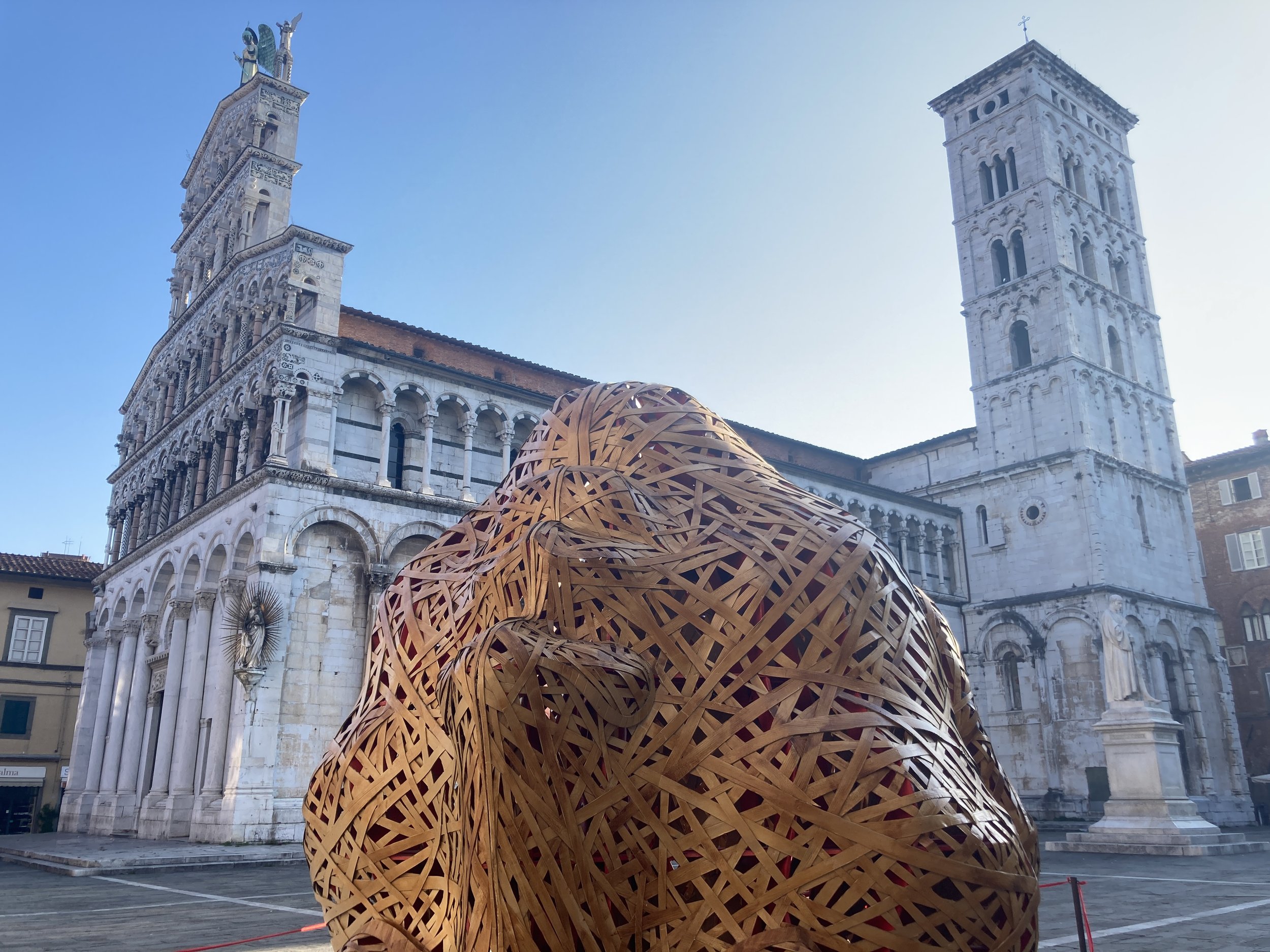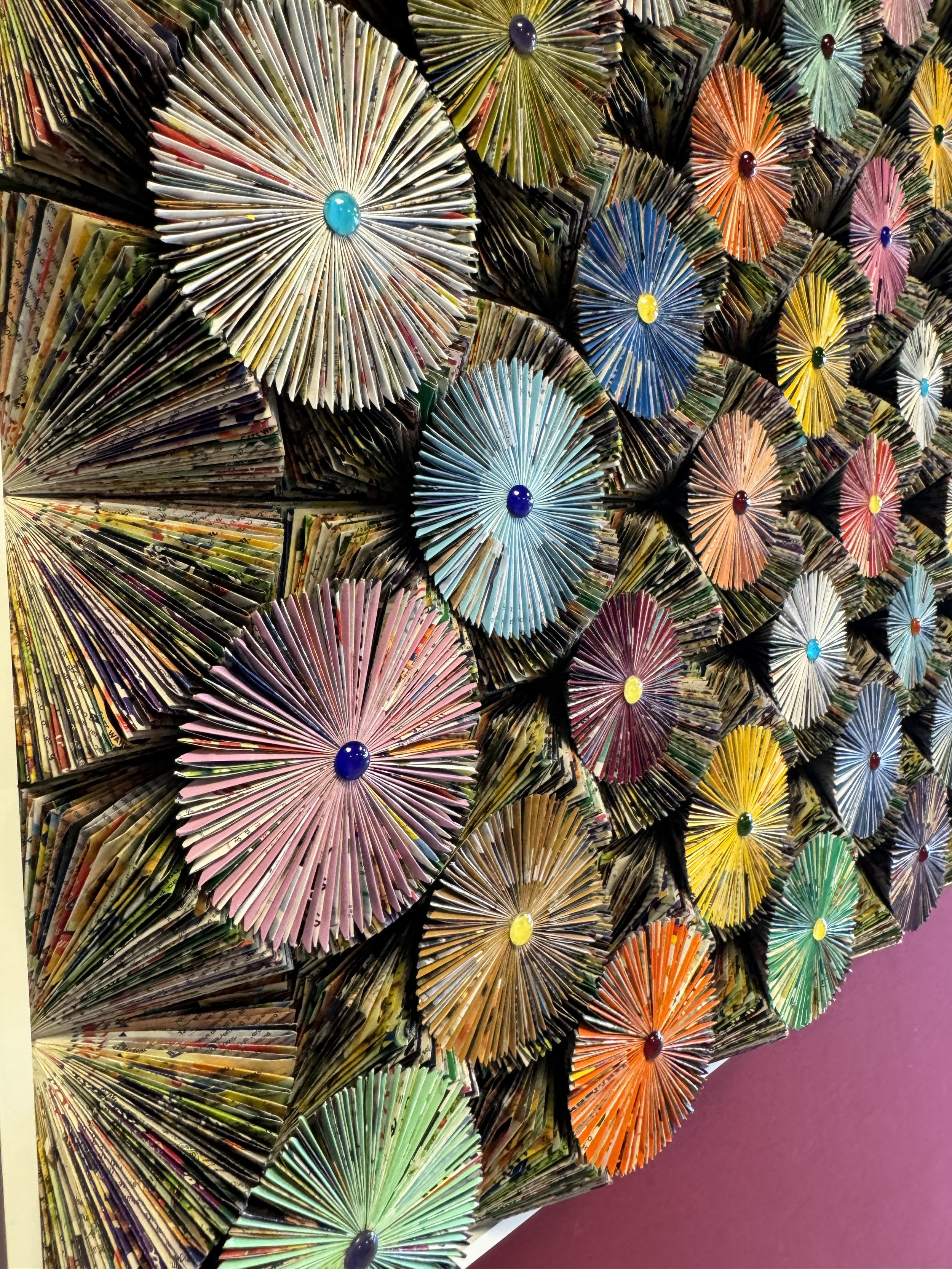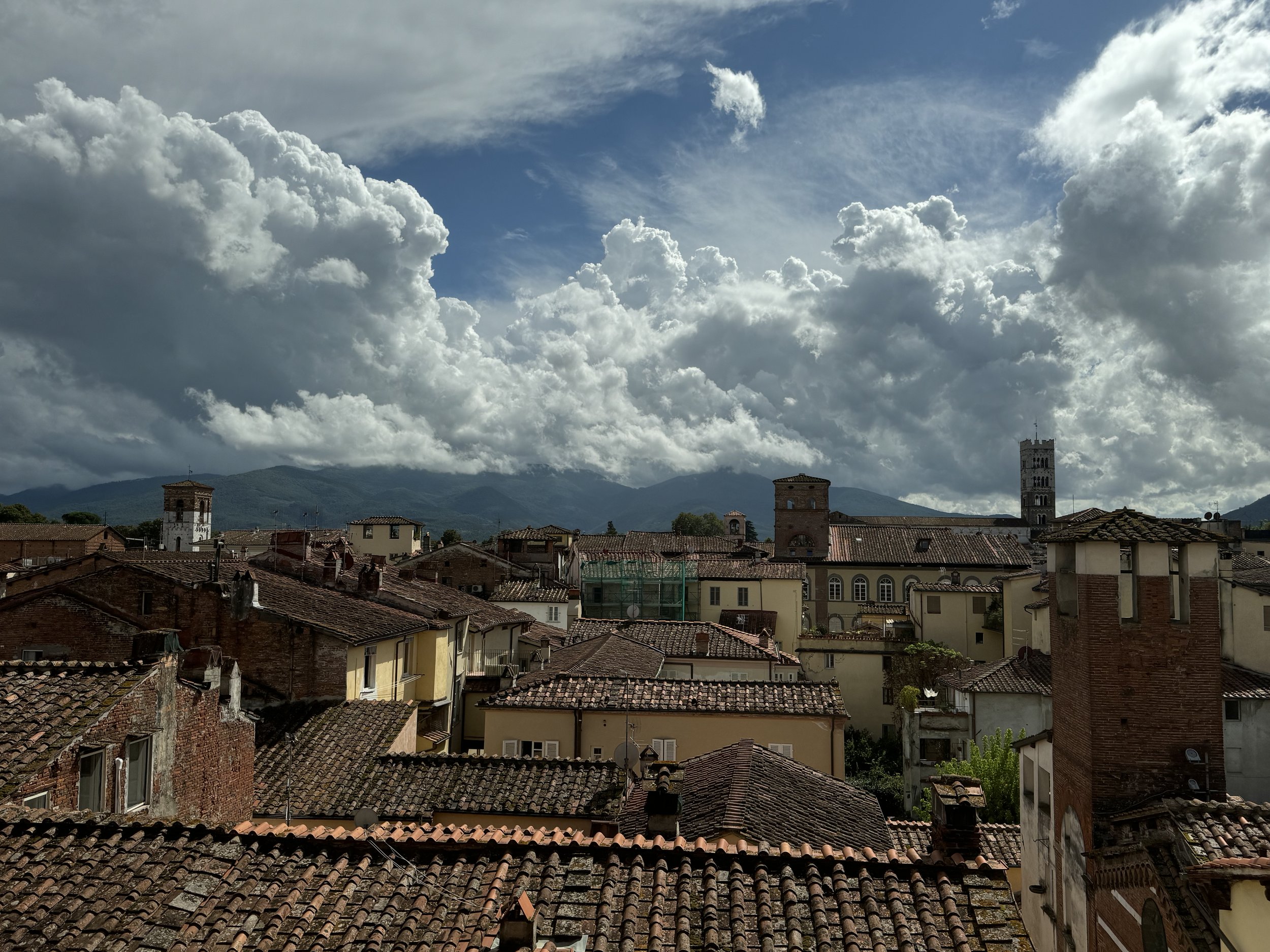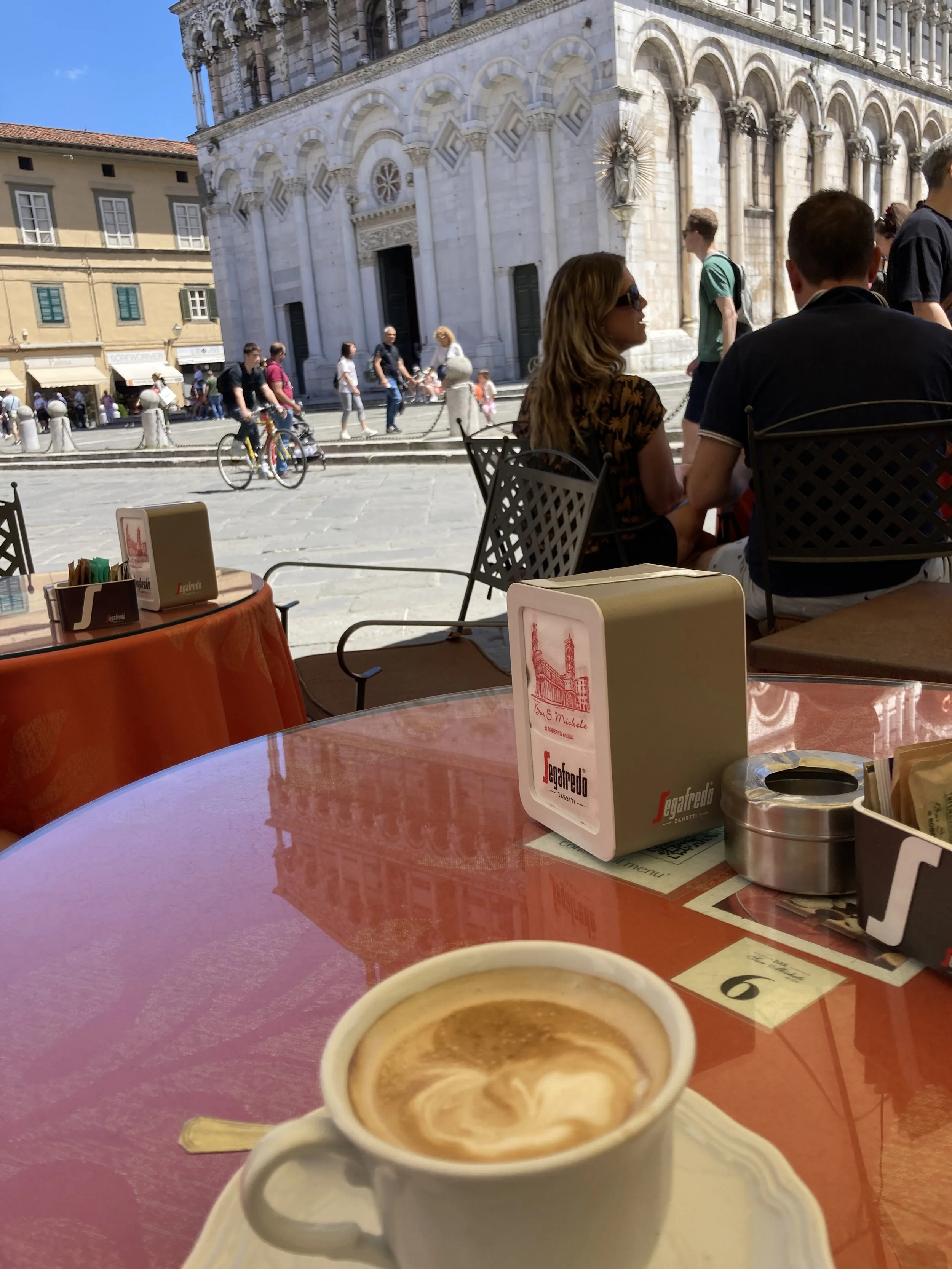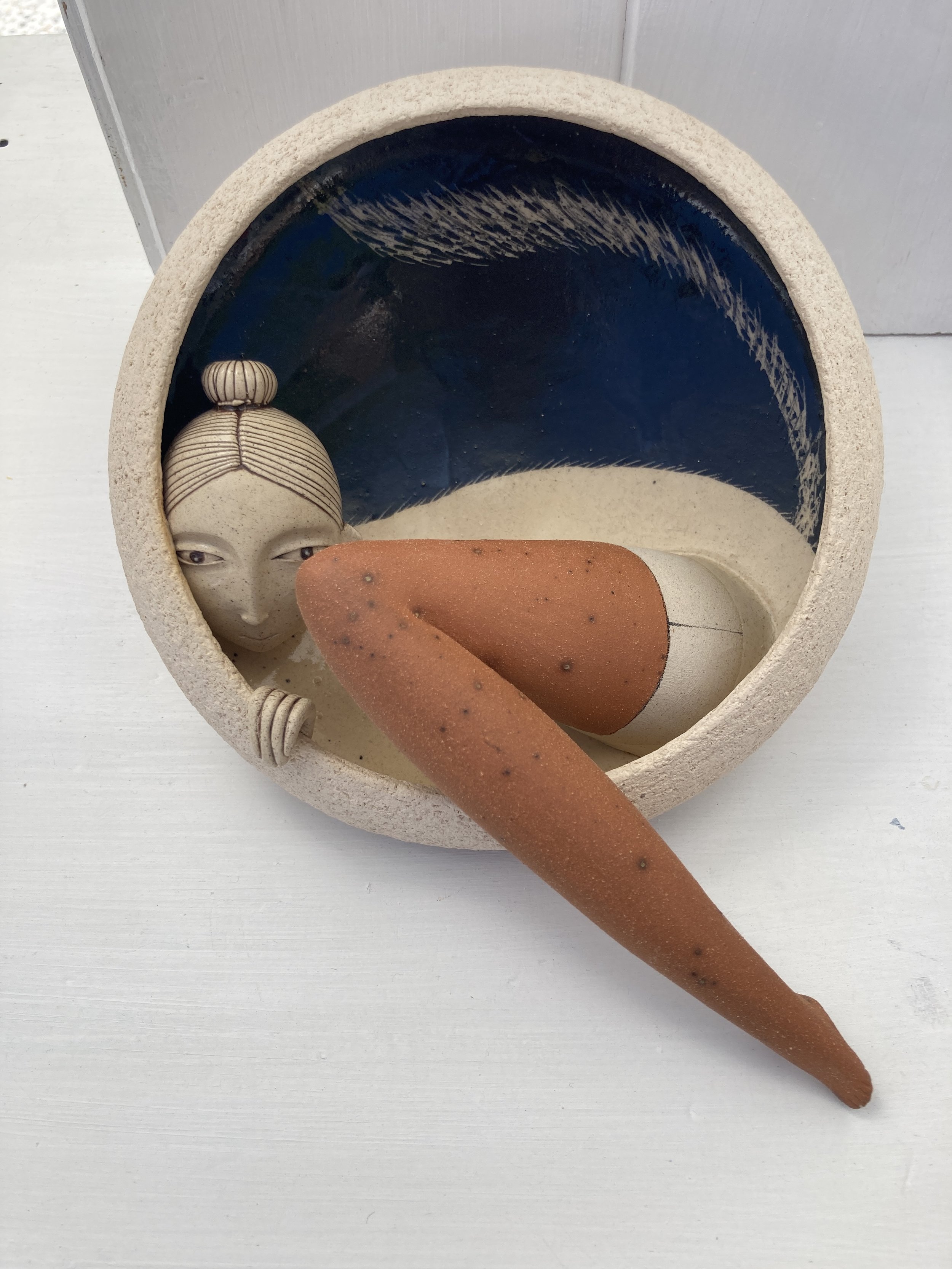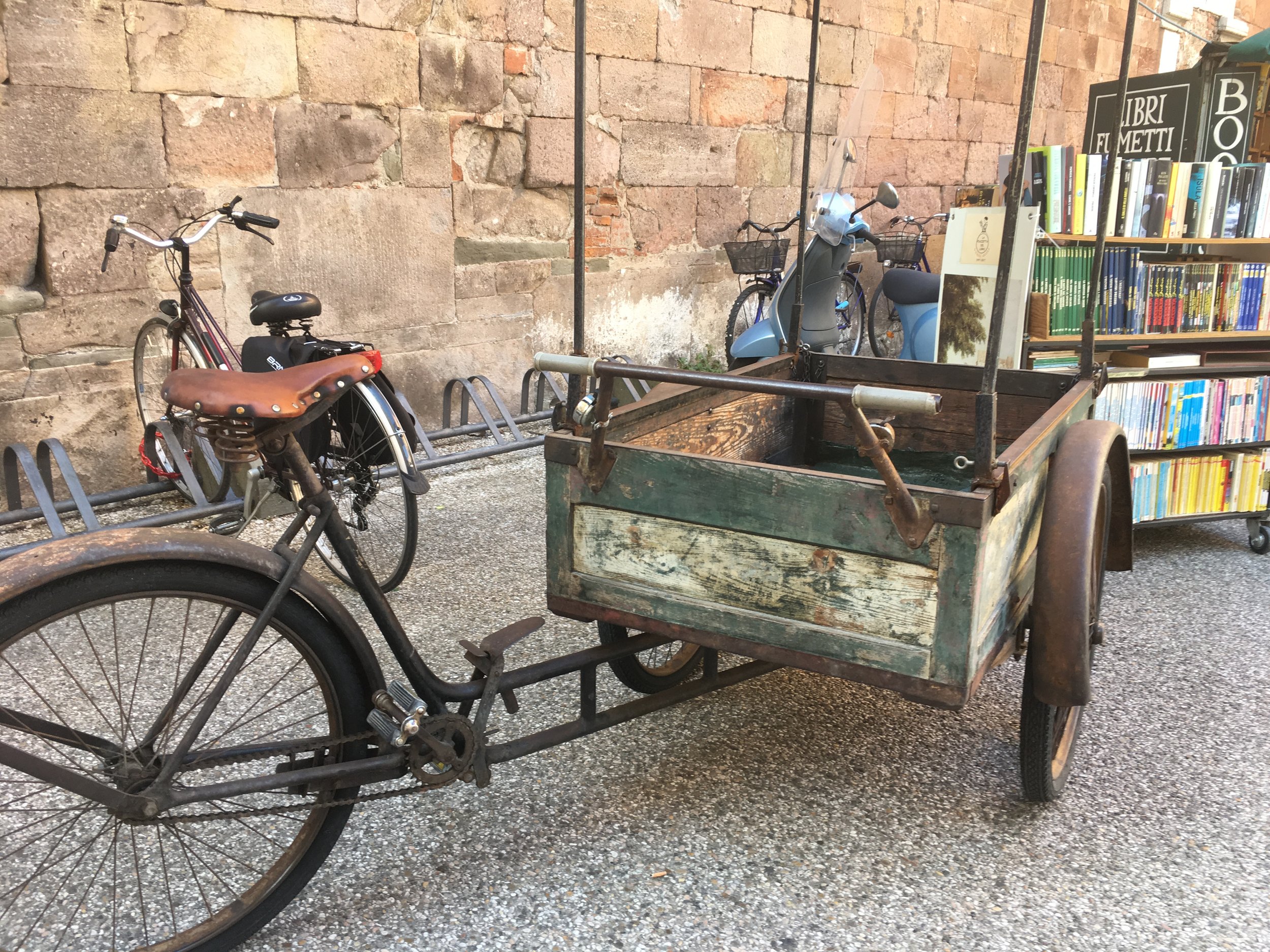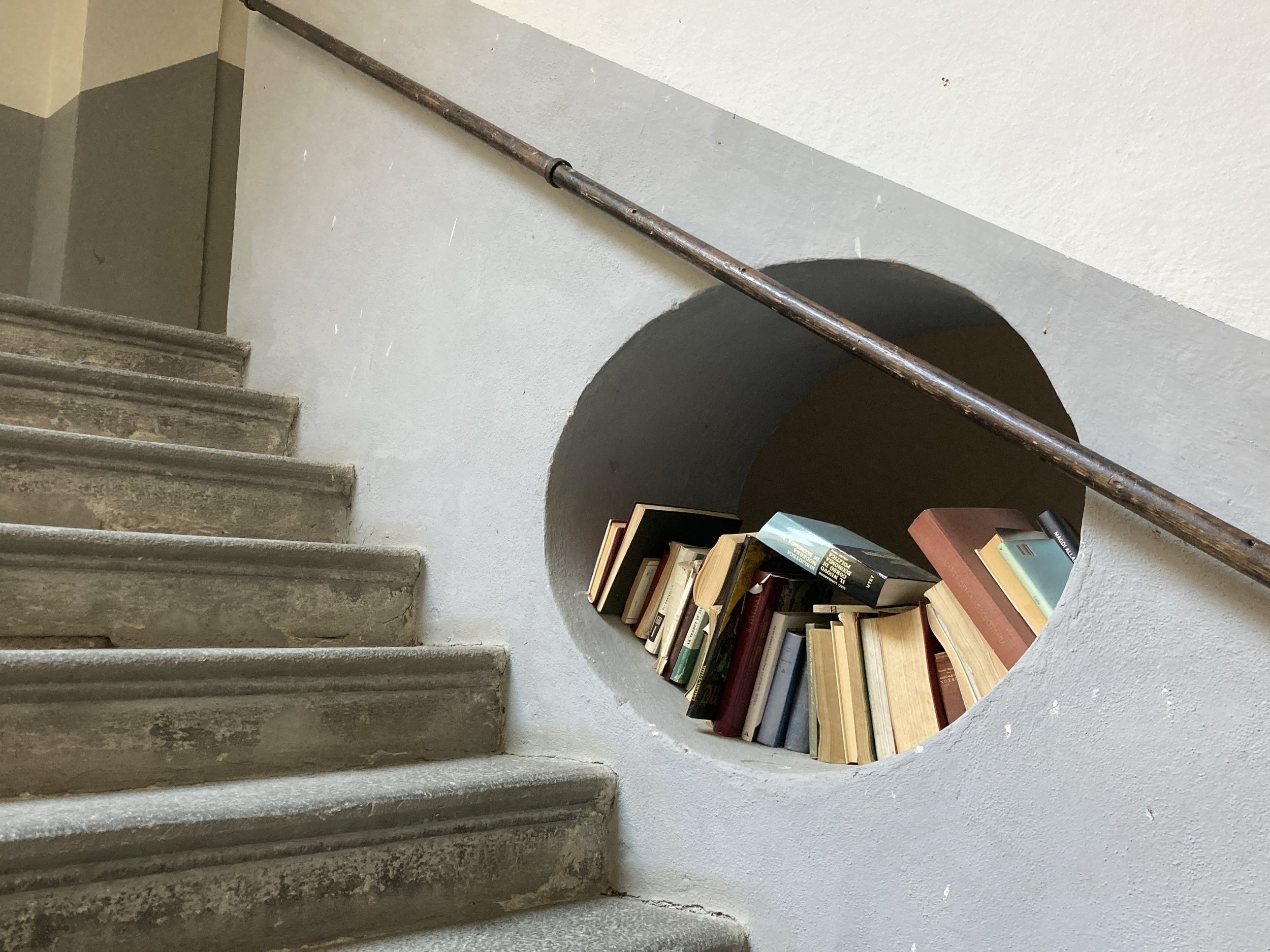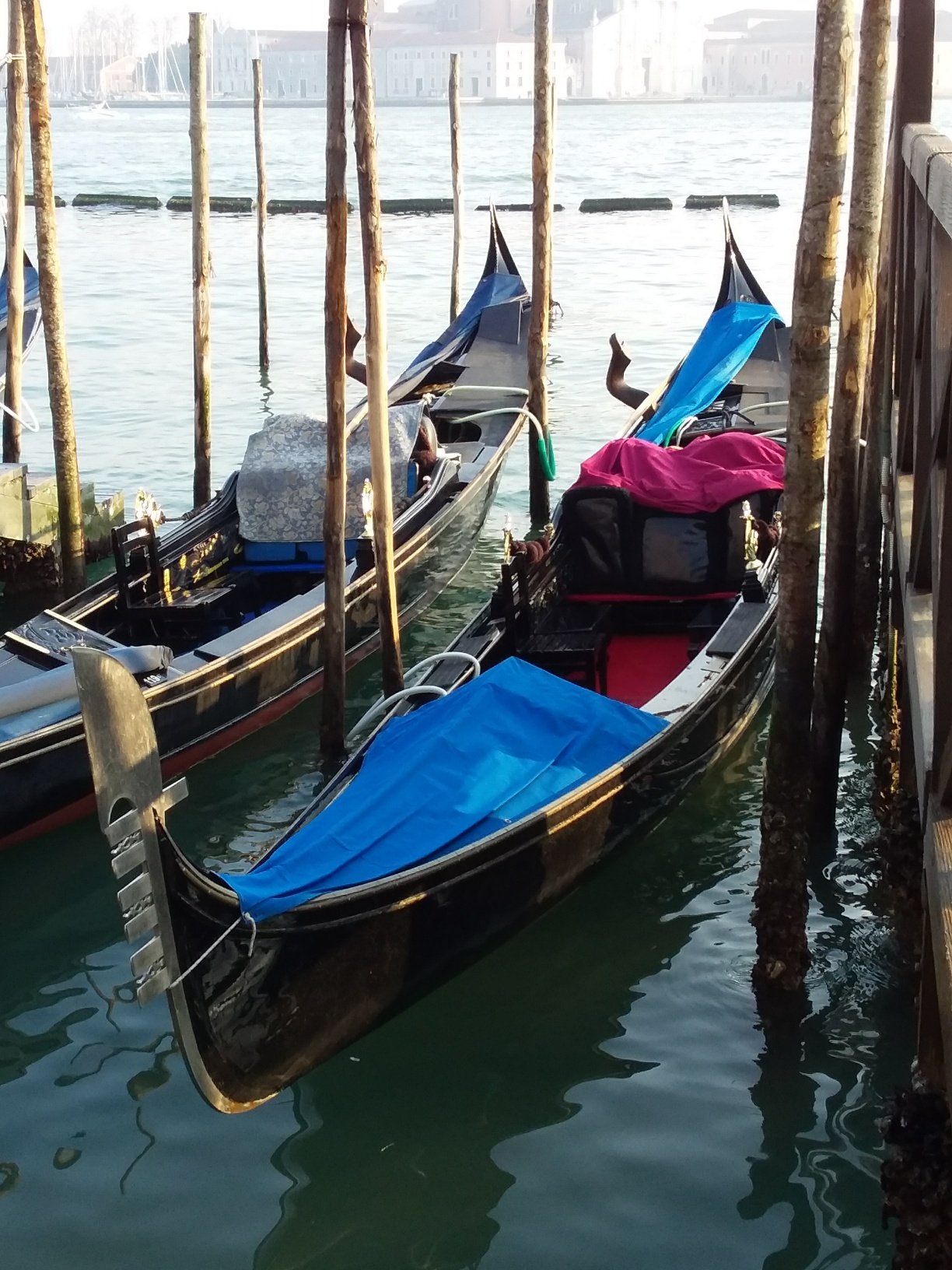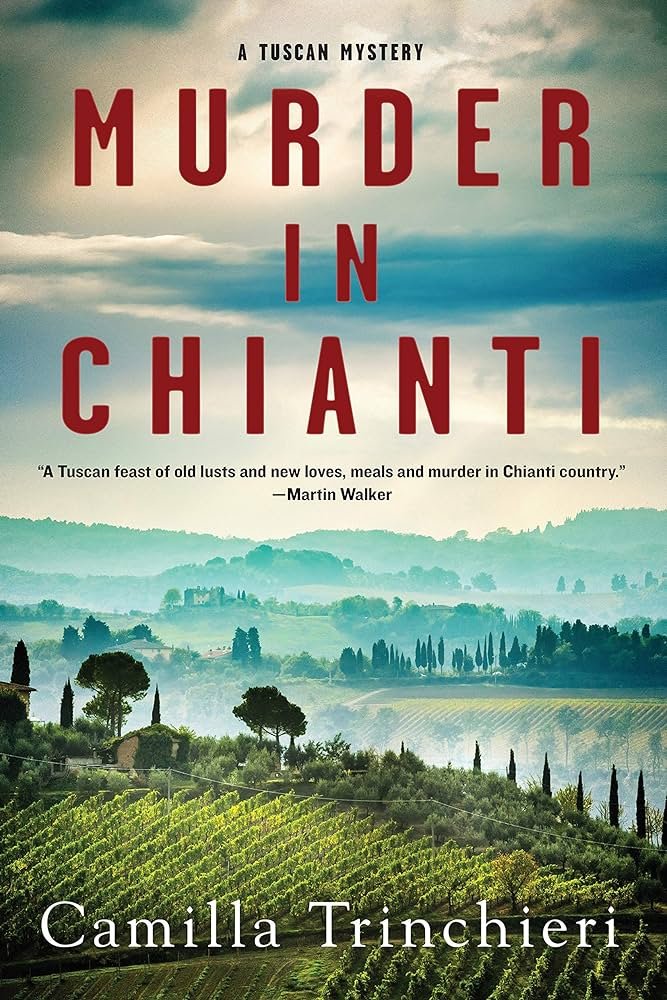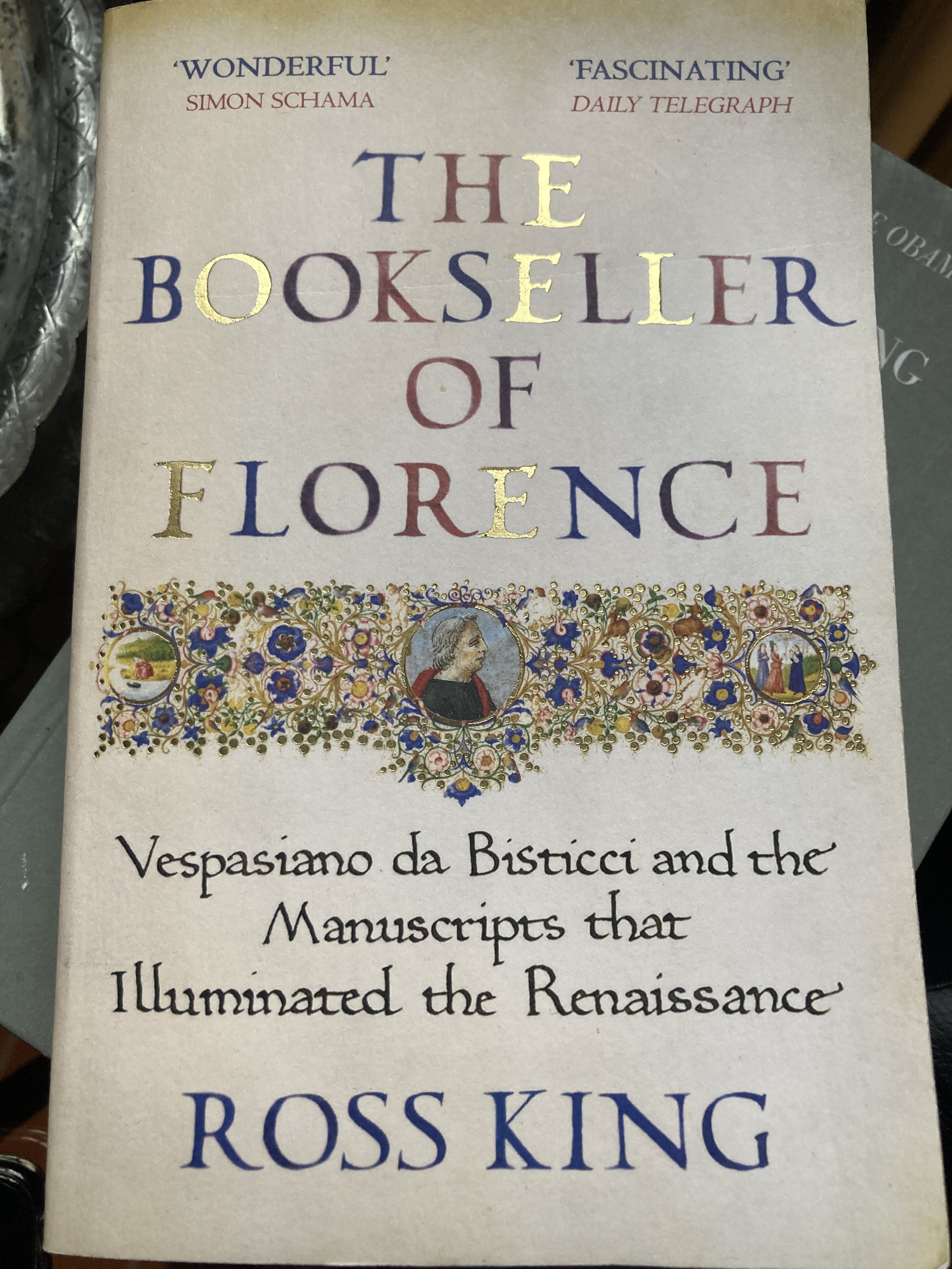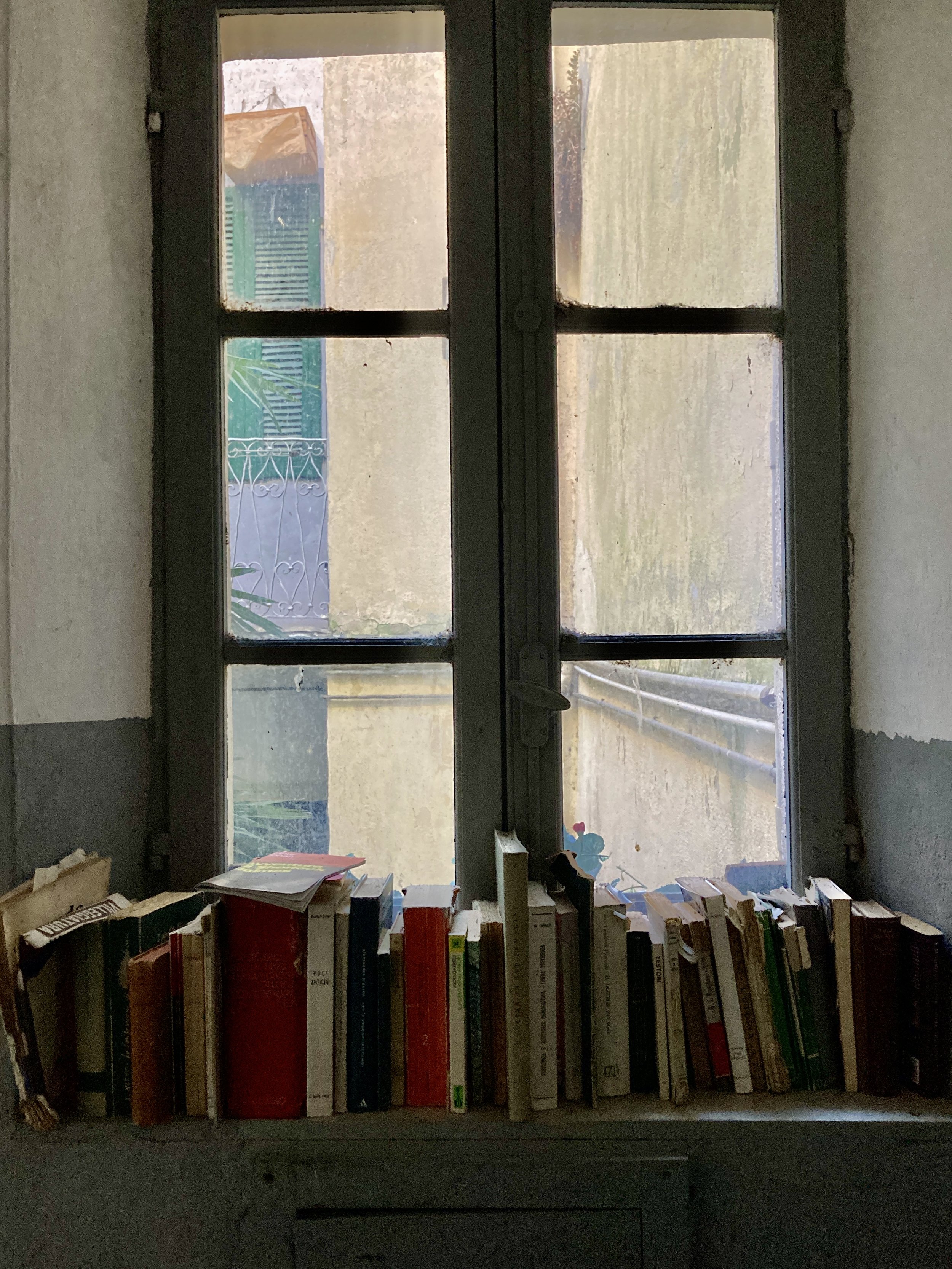Hell According to Giotto
Hell, According to Giotto
Hell. The Merriam-Webster dictionary describes it as “a place or state of misery, torment, or wickedness’.
Many religions have the concept of judgement after death and a banishment (either permanent or temporary) to a horrible place of punishments for one’s sins and misdeeds. For the most part hell is seen as a place not of this earth, and most definitely not a pleasant destination. Just as medieval churches told uplifting bible stories in fresco form, so too did they put the fear of hell into vivid paintings.
There is nothing like horned demons and gruesome animals nibbling on flesh to make one fear the eternal damnation that awaits the sinful, greedy, or otherwise misbehaving person. These depictions of hell in medieval Italian art can be particularly terrifying, which is exactly what the artist intended. As an adult I appreciate their artistic value and find them to be a fascinating glimpse into medieval culture; as a child they would have given me nightmares.
Heaven to the left, Hell to the right.
These scenes of hell can be found in many churches. Some of the most intense ones were painted by the artist Giotto for the Scrovegni Chapel in Padova (Padua).
On previous visits to the chapel, I focused on the familiar stories of my Catholic youth. They are gloriously painted by Giotto.
But, on a recent visit I was instead captivated by the large panel at the far end of the chapel that depicts heavenly reward to the left and the horrors of hell to the right.
In hell, there is a horned Satan at the center (top photo) surrounded a multitude of smaller agents of torture - winged devils, serpents, hairy beasts.
Hell has rivers of fire, darkness, and innumerable means of torture.
No wonder so many felt the need to repent and atone for their sins before facing judgment!
The Scrovegni Chapel is a must see when visiting Padova (reservations required). Giotto’s work is a masterpiece, even if it does include some of the scariest depictions of hell that I’ve ever seen!







